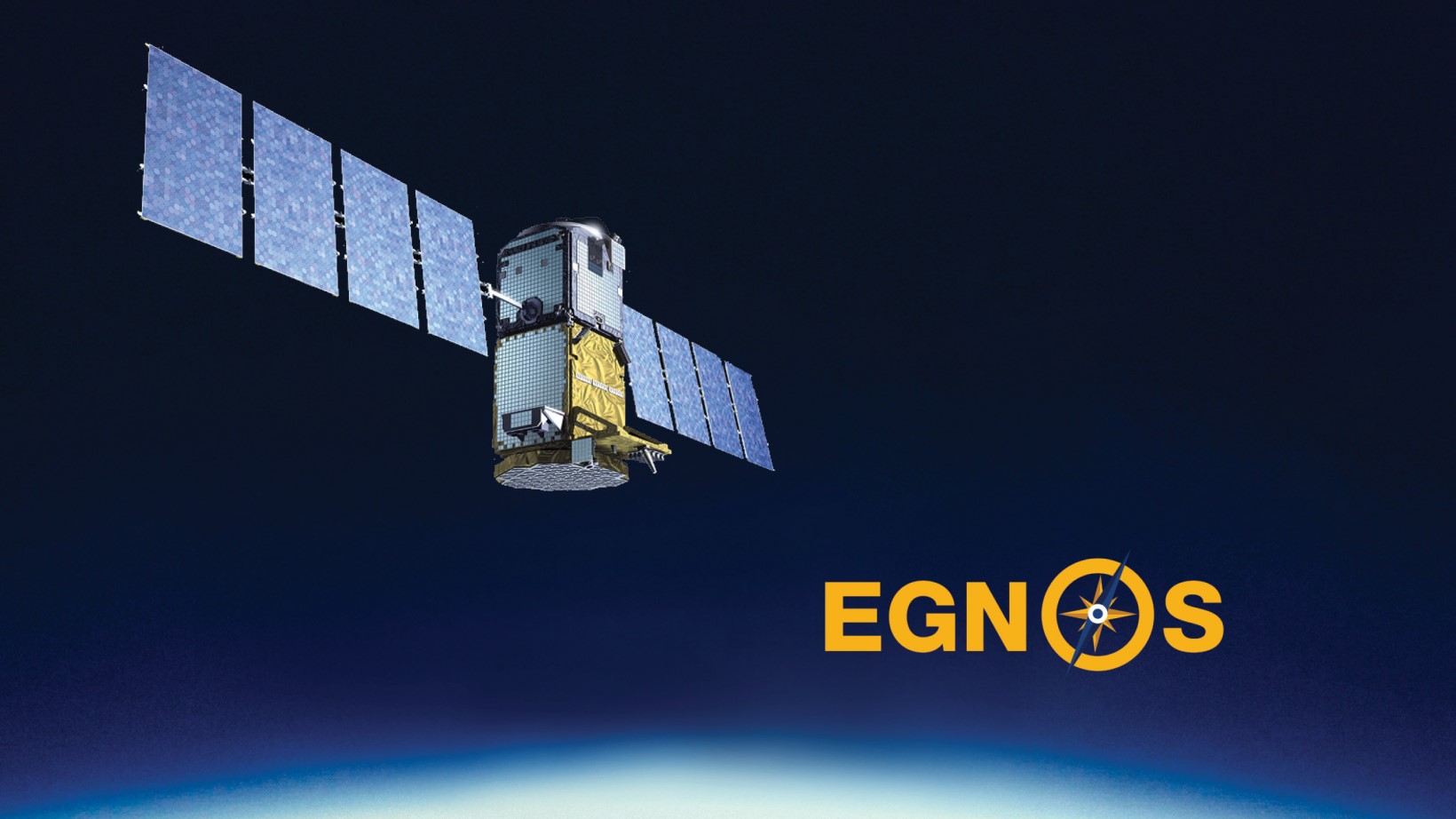
EGNOS, the European Geostationary Navigation Overlay Service, has been augmenting the GPS signal and providing services to users in Europe since its initial operations back in June 2005. About to celebrate its 15th anniversary, the system is going from strength to strength, with its coverage area set to expand and work towards the next generation EGNOS V3 well underway.
EGNOS is Europe's regional satellite-based augmentation system. It is used to improve the performance of GPS and, with the launch of EGNOS V3, will augment Galileo signals also. EGNOS information improves the accuracy and reliability of GNSS positioning information while also providing a crucial integrity message.
Benefitting numerous markets
The EGNOS programme is managed by the European GNSS Agency (GSA) on behalf of the European Commission. EGNOS service provision is handled by the European Satellite Services Provider (ESSP) under a contract signed with the GSA back in 2013. Based on this, the EGNOS programme currently provides three core services.
The first of these, the Open Service (OS), aims to improve the positioning accuracy by correcting error sources affecting the GPS signals. The EGNOS Safety of Life (SoL) Service provides the most stringent level of signal-in-space performance to all SoL user communities and, finally, the EGNOS Data Access Service (EDAS) (provided via the internet and mobile phones) is aimed at users who require enhanced performance for commercial and professional use.
The provision of EGNOS services is bringing benefits to numerous market segments, including road, rail, maritime, surveying/mapping, and agriculture. EGNOS is particularly important for sectors and applications where accuracy and integrity are critical, such as the aviation sector. But, beyond aviation, EGNOS also improves and extends the scope of GNSS applications such as precision farming, to port and inland waterway navigation, to name but a few.
Set to expand
Currently providing corrections and integrity information in a broad area centred over Europe, the EGNOS coverage area is set to expand. The European Commission has set aside some EUR 8 million from the European Neighbourhood Instrument for the Eastern Partnership countries (Armenia, Azerbaijan, Belarus, Georgia, Moldova, Ukraine), allowing them to benefit from the same EGNOS high-quality services and cutting-edge technology as the EU Member States.
The EGNOS extension to the Eastern Neighbourhood will be operational from 2026-27. This extension will allow Eastern Partnership countries to benefit from more accurate positioning and greater safety, in turn contributing to the digitalization and greening of their economies, as well as to the creation of a Single Transport Area for the EU and its Neighbourhood countires. The extension is complementary to the EGNOS extension to the Southern Neighbourhood countries, which is also being financed by the European Commission.
EGNOS V3
Since it took over the management of the EGNOS in 2014, the GSA has started to prepare the complete overhaul of the EGNOS ground segment, which will see the deployment of EGNOS V3 in ground stations at more than 50 sites in Europe and its neighbouring countries.
Within EGNOS V3, the GSA also requested the development of new EGNOS capabilities to support the augmentation of a second GPS signal (L5) and of the Galileo signals E1-E5 to be compatible with the new International Civil Aviation Standards. Another requirement is that the system be made more robust, to deal with users increasing dependence on EGNOS and its multi-modal applications.

